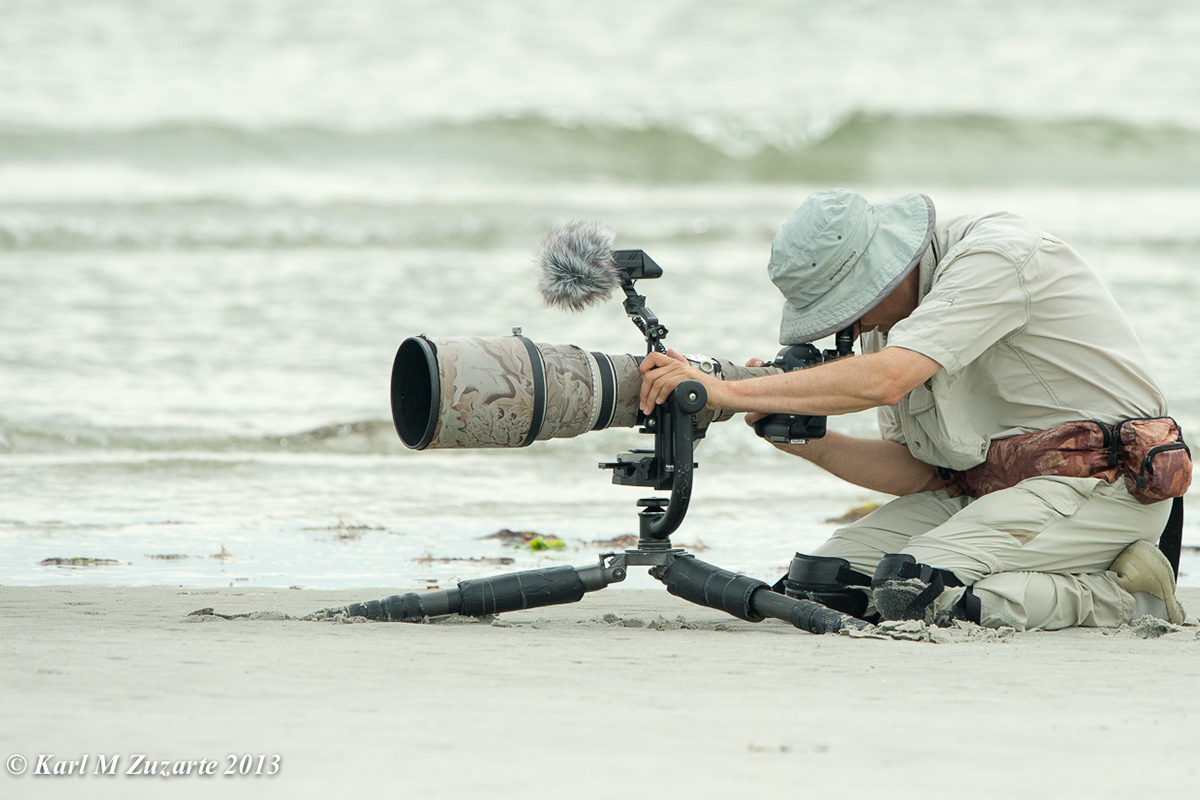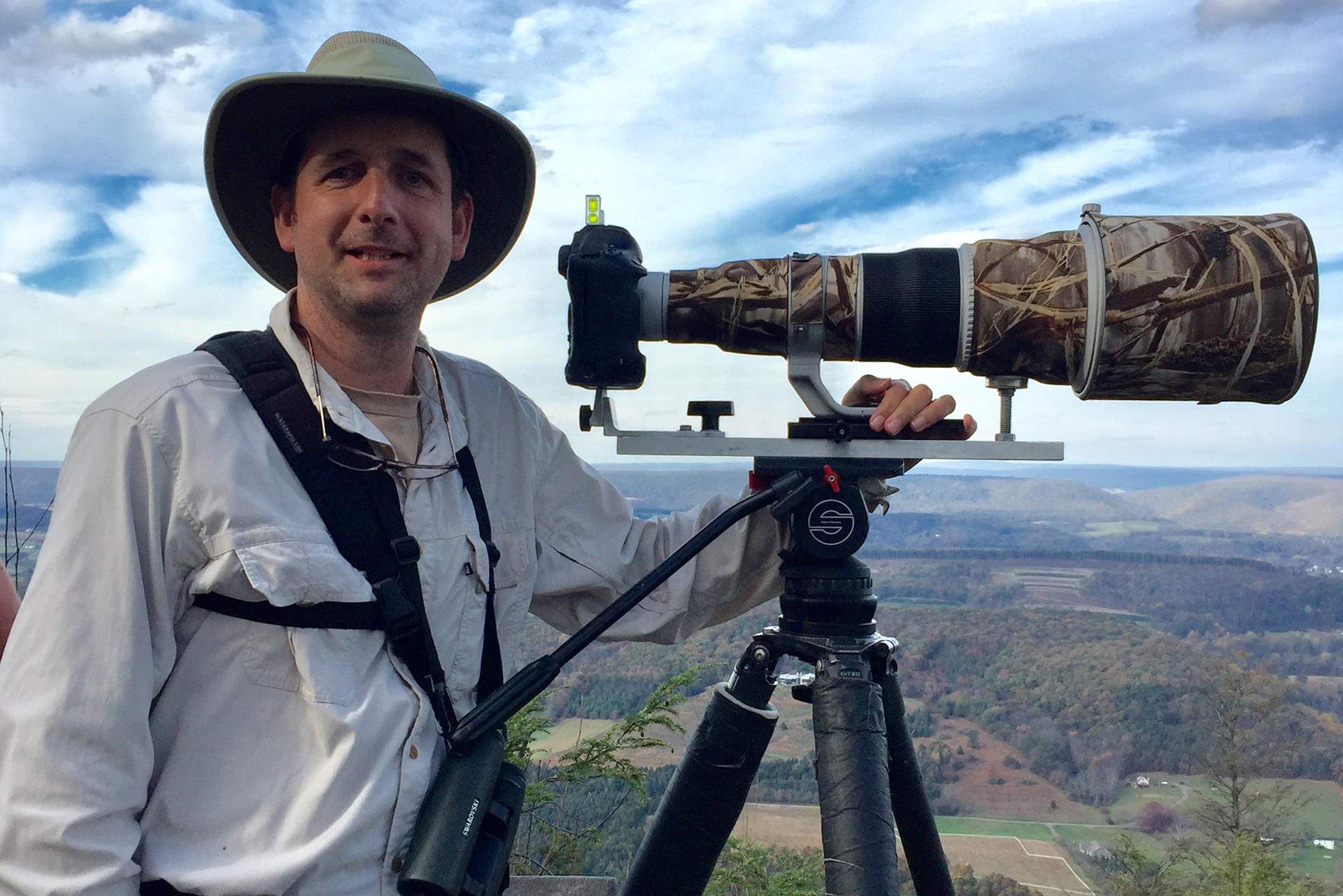Around 1987, I started with just a general interest in wildlife and casually watching birds. Then, I wanted to identify them, and before I knew it, I had become a birder. There were very few bird photographers then— this was back in the film days, before digital cameras. This hobby proved to be much harder than I had anticipated, until I got a boost from working with Mass Audubon.
I first met staff from Mass Audubon in 1989 when I supplied some AV equipment for Drumlin Farm, which was participating in the annual Boston Flower Show. We kept in touch, and as my connections deepened and more staff became aware of my work, I was asked if I’d teach a photography class at Drumlin Farm. I didn’t think people would be interested in participating, but to my surprise, more than 20 people signed up.
As I continued to improve my skills as a bird and wildlife photographer, I picked up a few tips and tricks along the way. With patience and timing, you can learn where you should set up to catch some amazing action shots. For example, when capturing shorebird pictures, I look to the tides. The incoming tide fills tidal pools and streams, attracting birds with a tasty snack. Settle in for high tide, and you can catch a shorebird resting before prowling the shoreline for food. Watch the tide go out and the birds move back along the shoreline, picking out their next meal in the receding waves.
Mass Audubon staff members have helped me become more knowledgeable about the natural world, and in turn, I felt the need to do my part in helping to protect wildlife and wild places. My involvement with Mass Audubon has expanded over the years, largely because I believe in what the organization stands for and the work it does to help protect wildlife. Over many years and hours of volunteering, teaching, and helping Mass Audubon with various projects, I get the satisfaction of being part of an organization that I am proud to support.




